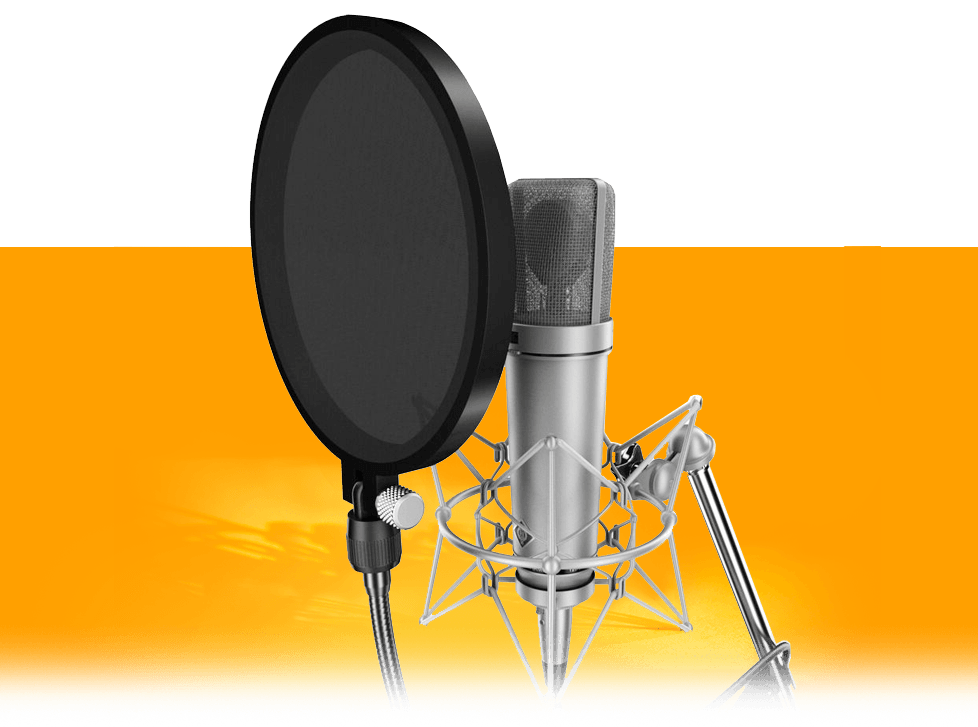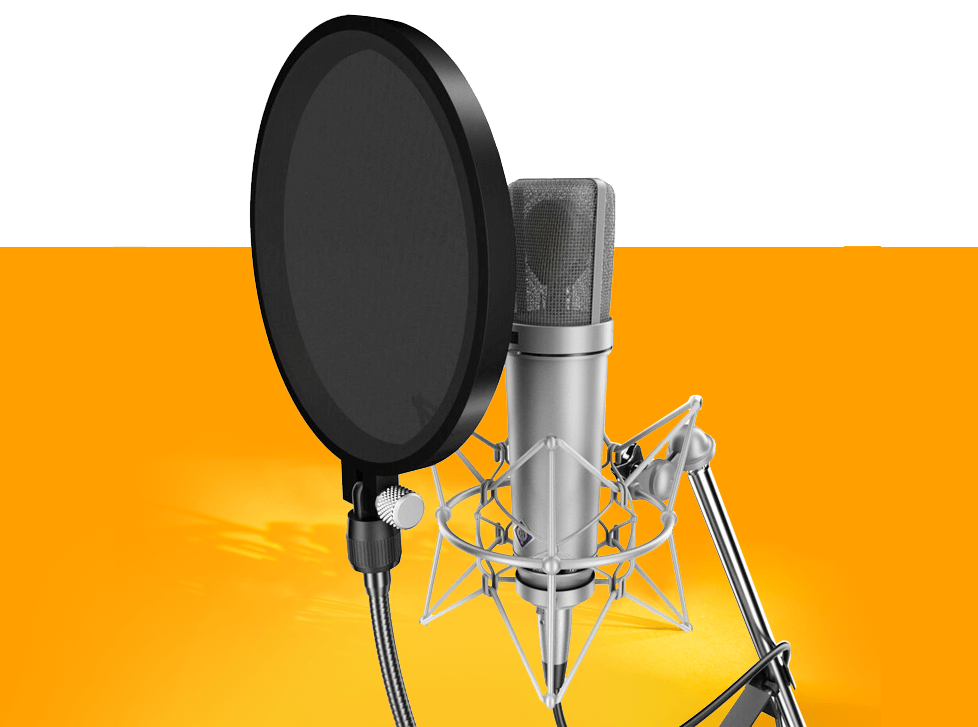Music Production: Your Complete Guide for 2023
Jeremy Alves | January 4, 2023
A career in music production makes it your job to create compelling and attention-grabbing music. You’ll spend your days absorbing new music, analyzing what you like, and using various tools and equipment to craft your own tracks.
But how can you make music production your career? It begins with a strong understanding of the basics and getting the necessary tools and equipment to start making tracks.
Attending a
music production school in Canada like OIART will give you hands-on experience, instructor-led courses, and avenues for job placement when you graduate. However, you don’t need to wait until your first day of class to start preparing for a career in music production. Exploring all facets of music production will help you decide if you want to make music your career.
Have you always wanted to start making music but aren’t sure where to start? We’ve got you covered — keep reading to learn everything you need to know to start producing.
What Exactly is Music Production?
What do we mean when we say music production? It’s common for people to have a general understanding of the term, but we need to get specific before going further.
Music production is the art and process of making music using various tools and techniques with the ultimate goal of releasing completed tracks to the public.
For example, you might work with major artists on their next hit single or produce tracks for businesses to use in marketing videos. Either way, the ultimate goal is to create a finished product that meets your specific goals.
Let’s clear up some common terms, so you have a firm understanding of where you want to take your career.
Music Production vs. Sound Engineering
Sound engineering is a highly technical skill closely related to music production but distinctly different. A sound engineer will operate the soundboard, fine-tune microphone input levels, and configure other equipment for the ultimate benefit of the recorded product.
Typically, the recording studio employs a sound engineer and works directly with music producers and recording artists. Most companies hiring sound engineers will want to see formal training, such as the completion of a sound engineering courses, so the studio has confidence in the engineer’s technical abilities.
It’s common for music producers to have overlapping skills from a live sound engineering course, and experience as sound engineers in a studio, but most major studios will have a
specialized sound engineer on the team.
Live Music Production vs. Recorded Music Production
Music production is a diverse field but can be broadly broken down into two primary categories worth understanding:
- Live music production: This category is any type of production focused on music performed for a live audience, including anything from a packed stadium concert to a small theater performance.
- Recording music production: Conversely, recording music production focuses on tracks captured on a medium for distribution, such as a digital file, vinyl record, or CD.
Many music producers work with recording music and may never explore live music production. However, if you’re more interested in live music production, it’s worth keeping that goal in mind as you get started.
How to Get Started in Music and Sound Production
Getting started in music production may require some upfront investment. However, it’s also never been more affordable, thanks to the latest in audio production technology.
Ready to dive in? Here’s how you can get started making your first track.
Step 1: Pick a Digital Audio Workstation (DAW)
A digital audio workstation (DAW) is a vital tool and the cornerstone of production in music. There are several DAWs to choose from, and you’ll find heated debates about which one is the best. Popular DAWs include:
- FL Studio
- Logic Pro
- Pro Tools
- Ableton Live
- Cubase
- Studio One
Ultimately, the best DAW is the one you like and makes sense for your workflows. Most of the above options offer free trials to experiment with them and see how they work for you. However, most trials have limitations, such as the inability to export completed tracks or reopen projects.
Here at OIART, we teach Ableton Live and Pro Tools, both found throughout the world of music production. These DAWs are flexible and capable of working well for various needs, ranging from live music production to music composition.
Check our our Top Digital Audio Workstation Software and Music Production Tools of 2022
Step 2: Gear Up
You can start producing music with a surprisingly minimal setup — don’t think you need to buy a soundboard or even a MIDI controller to get started.
The right computer is essential, and you might already have that covered. Music production is resource intensive and consumes CPU and RAM, especially when running synths or working on complex projects. If you need to buy a new computer, prioritize those specs over video cards to maximize your budget.
Once you’ve got the right computer and DAW, you’ll also need the following:
- Audio interface: An audio interface is a USB device that handles audio input and output. Audio output is manipulated by your operating system, which is fine for everyday listening, but detrimental to music production. An audio interface will also remove the ‘humming’ you may receive while recording vocals.
- Studio headphones: Similarly, you need headphones designed for music production to provide a flat response, which means you’ll hear your music as it is. Consumer headphones have built-in equalizers that change the sound based on the manufacturer’s design. Your studio headphones plug into your audio interface.
- Studio monitors: Depending on your budget, you can buy monitors later and start with headphones. Studio monitors are specialized speakers designed for music production and will also plug into your audio interface.
- MIDI controllers: You can create MIDI tracks directly within your DAW, but many music producers prefer to play a MIDI controller instead. There are plenty of cost-effective MIDI controllers with enough keys and pads to get you started.
Step 3: Source Sounds and VSTs
You’re almost ready, but where does the actual sound come from? You have three main options, and it’s worth using all of them as you get started:
- Microphones: These are the most essential tools of audio industry trade if you’re looking to record your own sound. Starting with a basic selection of dynamic and condenser microphones can help sculpt the exact sound you’re looking to capture, from vocals, drum kits and guitar amplifiers.
- VSTs: Short for Virtual Studio Technology, VSTs are necessary for music production. Synths, like Serum, are VSTs that will help you craft nearly any sound used with MIDI tracks. Other VSTs are ideal for creating unique drums or mixing and mastering. Your DAW will likely include stock VSTs.
- Sound Packs: Another option is sound packs. Sound designers and producers release sound packs you can legally use in your tracks. Packs will often include kicks, snares, 808s, and vocal chops.
Combined, you’ll have plenty of options to start making music.
Step 4: Learn, Experiment, and Explore.
Now, you’re ready to make your first track. So how do you know where to start?
It’s time for experimentation and exploration. First, look up tutorials for making songs with your chosen DAW and then experiment from there. Free tutorials can get you started on the right track by familiarizing you with the DAW and the basics of using it to produce a complete song.
Additionally, tracks may need to follow a specific format depending on your chosen genre. For example, hip-hop and pop will require a fairly strict verse/chorus format, while EDM is more open-ended. Learn how producers compose the overall track as you dive deeper.
Mixing and mastering is the final phase of a track and is an entire field of study. However, you can start experimenting and learning from the very beginning and learn more as you go. Play around with different decibel levels, panning, and equalizers as you produce.
Step 5: Consider Formal Training
Formalized training can significantly reduce the time it takes to get you from a beginner to a professional. Of course, learning on your own is a great way to go, but you may find yourself running in circles or hitting plateaus without knowing what to do next.
Consider a formal course in music production to help take your career further with additional knowledge and industry-recognized certifications.
Common Jobs and Roles of a Music Producer
Taking a music production course will prepare you for various future careers. There are plenty of avenues to explore; let’s explore some of the common career paths.
In-House Producer for a Recording Company
According to PayScale, the average salary for a music producer is US$54,521 (C$72,739.19) with the ability to increase dramatically based on skill and experience. PayScale primarily refers to in-house producers who work with a recording studio, label, or other organization as salaried employees.
Going this route is an excellent way to gain real-world experience and build a career with a consistent and reliable income. Remember that PayScale’s average is based on certifications, training, and years of work experience, so you’ll continue to increase your income as your career progresses.
Independently Sell Instrumentals
Many independent artists don’t want to learn music production and would instead focus on writing and recording compelling vocals. These artists seek out producers to work with and often license instruments directly. Additionally, stock music remains a lucrative option for independently-minded producers.
Marketplaces exist for producers to reach both artists and companies looking for instrumental tracks. If you go this route, register with a Performance Rights Organization (PRO), such as
ASCAP, to ensure you’re always paid fairly for your work.
Working at a Studio
Starting at a studio from various levels has major advantages outside of the financial realm. Mentorship and interning can provide a level of on the job training and experience that is unparalleled anywhere else. Being an effective assistant and working with skilled producers could be the fastest way to learn the music production craft, but these types of jobs commonly come with high expectations where previous training and studio experience is a necessity.
Get Hands-on Experience and Industry-Recognized Training with OIART
Enrolling in a reputable music production course is an excellent way to kick-start your career, regardless of your chosen route. Whether you want to take the stage, work for yourself, or become an in-house producer, formal training will set you on the right path and even help with job placement.
The Ontario Institute of Audio Recording Technology (OIART) is an industry-recognized music production school with instructor led-courses to prepare you for a career in production. At OIART, you’ll learn the following:
- Audio recording
- Modern recording techniques
- Music production
- Pro Tools & Ableton Live
- Live sound and event production
- Music theory
- Sound design
- Networking and the music business
- Entrepreneurship and self-employment
- And much more, depending on your specific goals
Are you ready to see how our comprehensive courses can prepare you for a lasting career in music production?
Apply today to take the first step toward your new career in music.
Ready to Start?
OIART's Audio Program Includes:
✓ Small Class Sizes
✓ On Site Facilities
✓ Industry Leading Instructors
✓ Post Grad Support & Guidance
✓ Exclusive 11 Month Program
Top Reasons Why You Should Choose OIART.
Have Questions?
If you have questions about our audio engineering and music production program or would like to book a tour, we would be pleased to speak with you.
Text Us: 519.200.4151
Share This With a Fellow Music Lover
Apply in 3 Steps!
Step 1: Click Apply Now to start.
Step 2: Answer questions about yourself.
Step 3: Submit and check your email.
Share this with fellow music lovers


